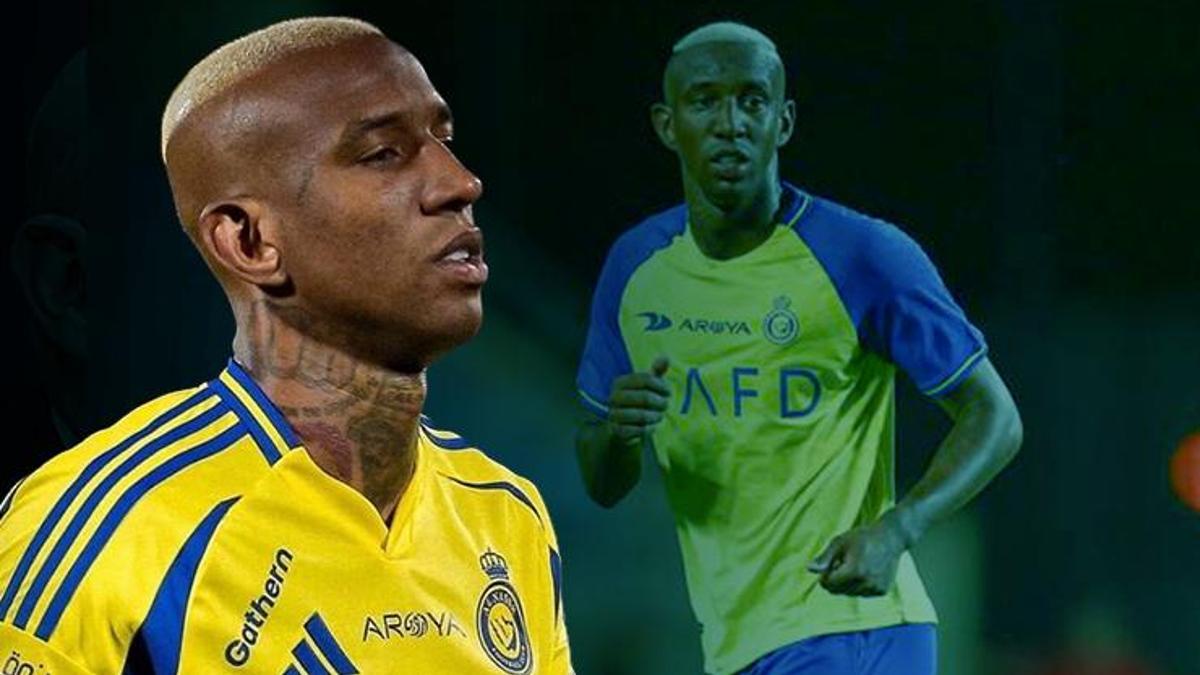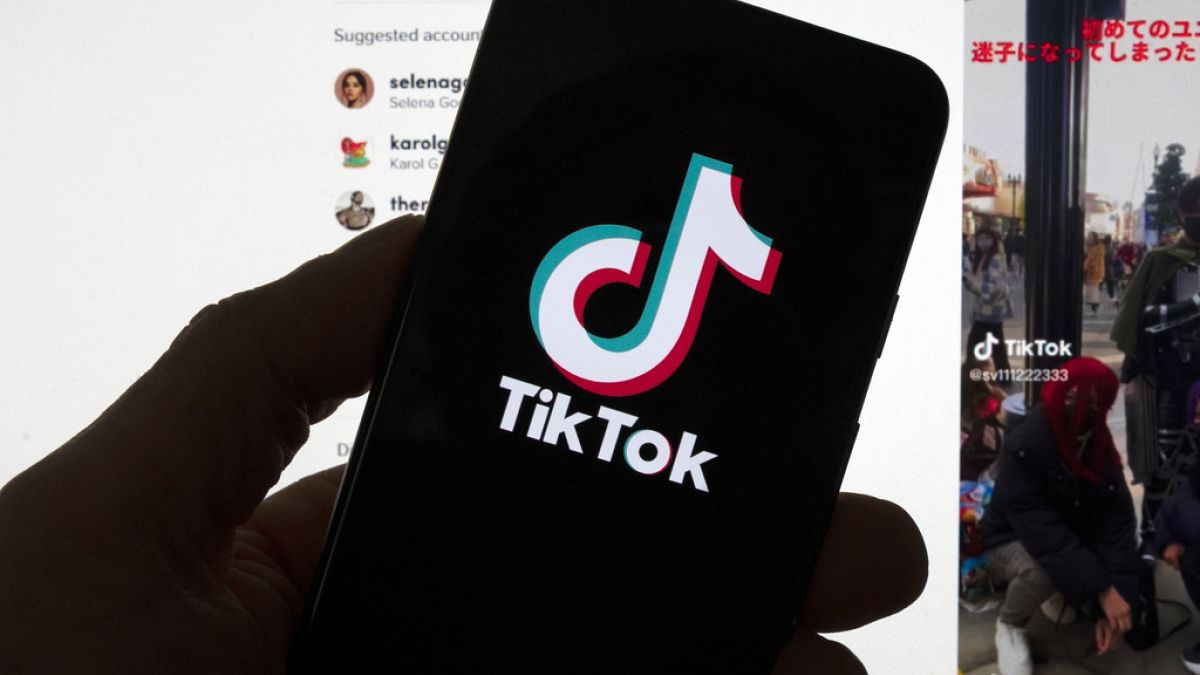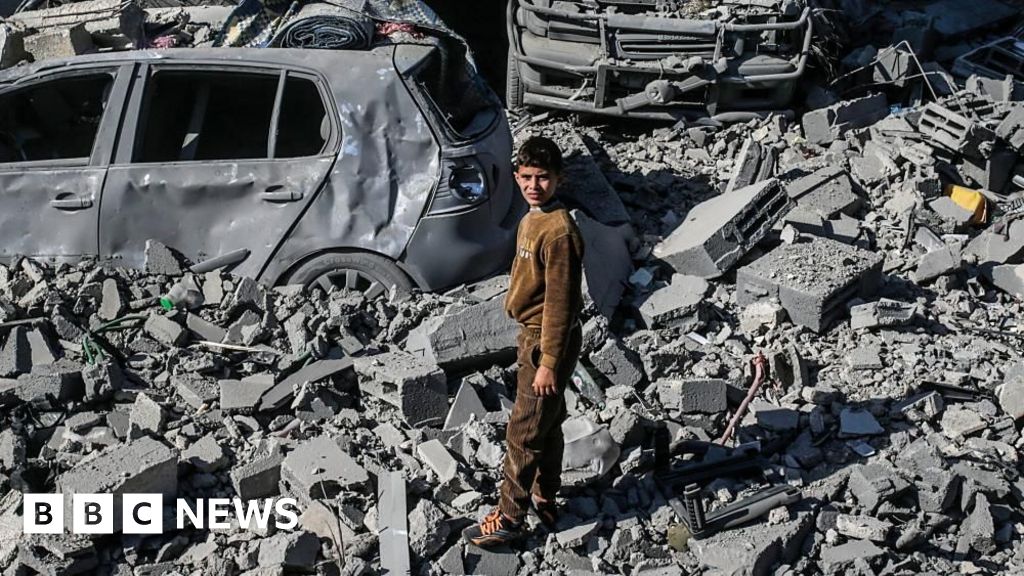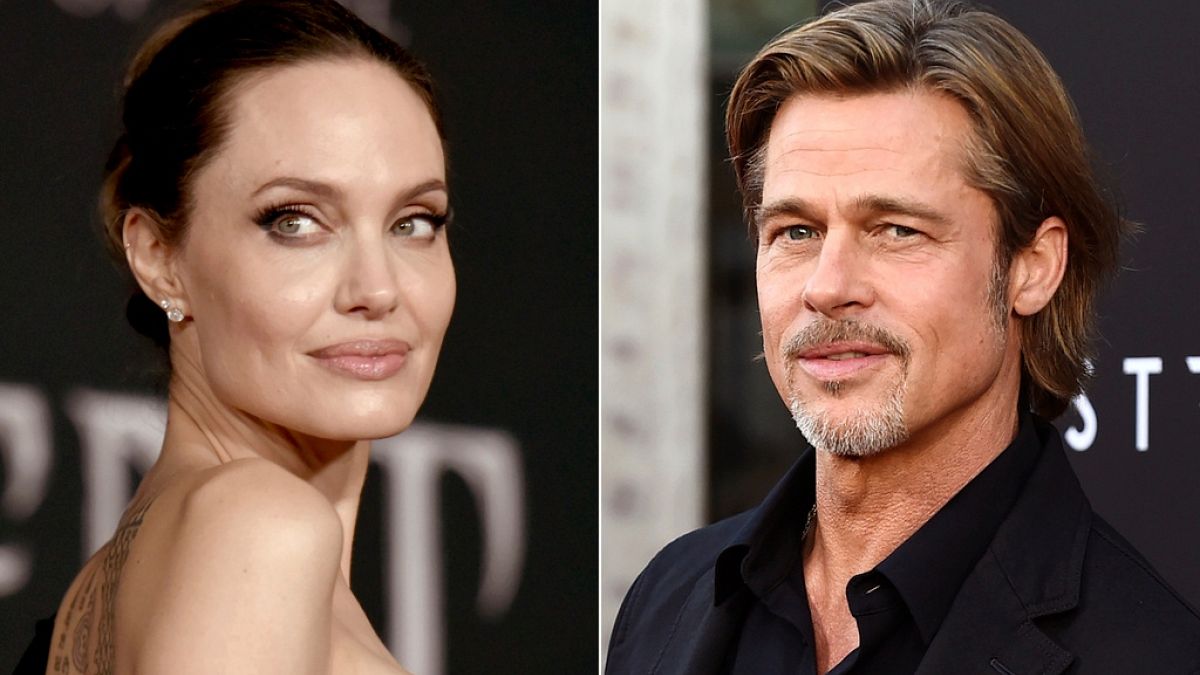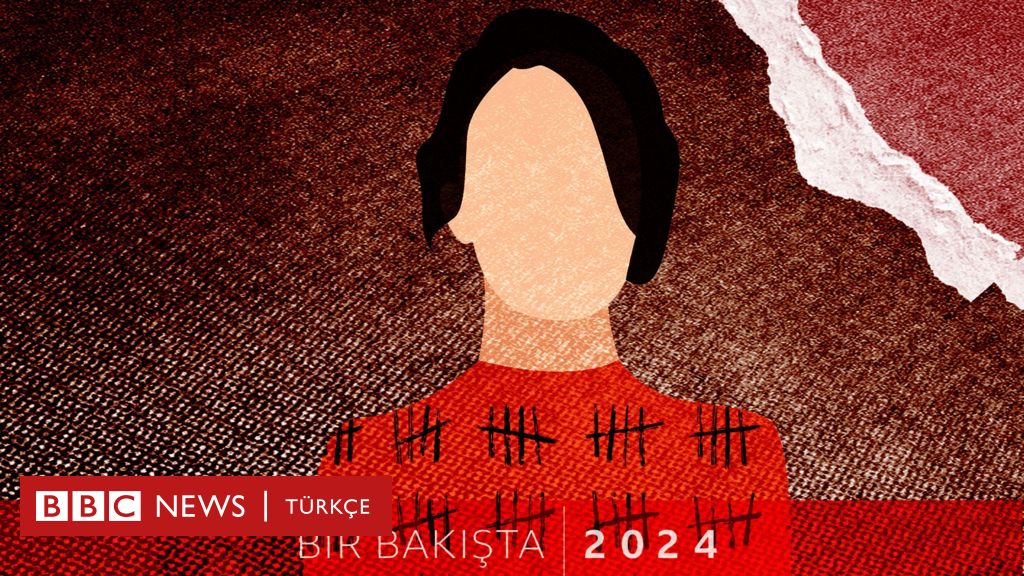The Art and Process of Storyboarding in Animation
The Art and Process of Storyboarding in Animation
This video provides an in-depth look at the critical role of storyboarding in animation, particularly in the context of the Justice League series. It discusses the various aspects of creating storyboards, how they serve as a blueprint for animators, and the collaborative effort that goes into the process.
Key Points Discussed:
Definition and Importance of Storyboards: The video begins by explaining that storyboards are visual interpretations of scripts, acting as blueprints for animators. They contain all necessary information, including camera directions, effects, and timing, that animators need to bring a script to life.
The Storyboarding Process:
- The speaker emphasizes that storyboards are created after receiving the script, which is broken down to assign roles and responsibilities to storyboard artists. Each artist plays a unique role based on their strengths, whether they are action-oriented or more focused on character emotion.
- The video highlights that typically, three storyboard artists work on an episode, dividing the work into three acts. Each artist is responsible for creating approximately 150 to 200 pages of drawings per act.
Artistic Flexibility in Storyboarding: It is noted that the storyboard can be rough, allowing artists to draw in their unique styles. This flexibility is crucial because it gives overseas animation studios enough essence of the scenes without overly detailed drawings that might complicate production.
Integration of Vocal Tracks: The importance of vocal tracks in the storyboarding process is discussed. It enhances the storytelling by allowing artists to act out scenes based on the dialogue, providing a better emotional connection during the animation phase. The speaker explains that acting out characters in the storyboard stage is essential to capture the intended emotions effectively.
Visual Representation of Scripts: The video suggests that the storyboard serves as a literal representation of the show. If two different artists work on the same script, the outcome will drastically differ, showcasing the artistic interpretation involved in the process. The speaker encourages artistic freedom while ensuring that the vision aligns with the original script.
Role of Directors and Producers: The collaboration with producers and directors, like Bruce and James, is highlighted as essential for maintaining the show's vision. They guide storyboard artists to ensure that the final product aligns with the intended storytelling.
Final Thoughts on Storyboarding: The speaker concludes by reiterating that the storyboard is a crucial blueprint for the episode, even more so than the script itself. A well-conceived storyboard translates to a successful animated episode, regardless of production quality. It encapsulates the story visually, ensuring that the audience understands the narrative.
Overall, this video serves as a valuable resource for anyone interested in animation, providing insights into the intricate process of storyboarding and its impact on the final product.
For more details, you can watch the full video https://www.youtube.com/watch?v=h7Mw9GsbFng
Mentioned Moments
Introduction to storyboards as blueprints for animators, emphasizing their necessity in visual storytelling.
00:00:02Discussion on the roles of storyboard artists and their responsibilities in creating episodes.
00:02:20Example of a storyboard sequence involving Green Lantern and other characters, illustrating the creative process.
00:04:25Final thoughts on the importance of storyboards over scripts and the collaborative nature of animation production.
00:06:28







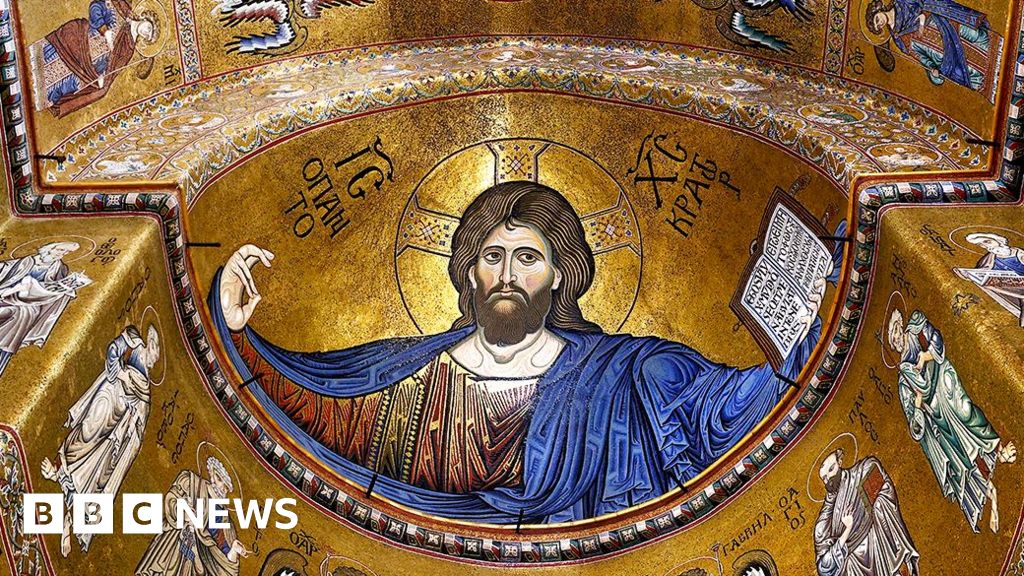


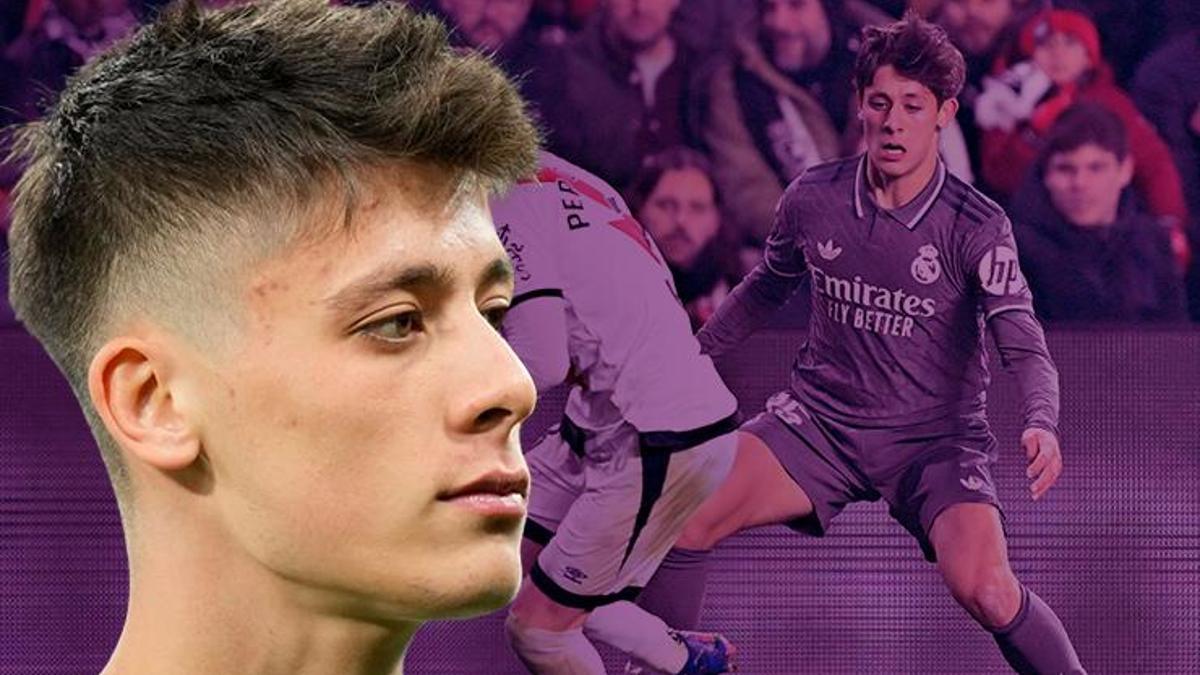












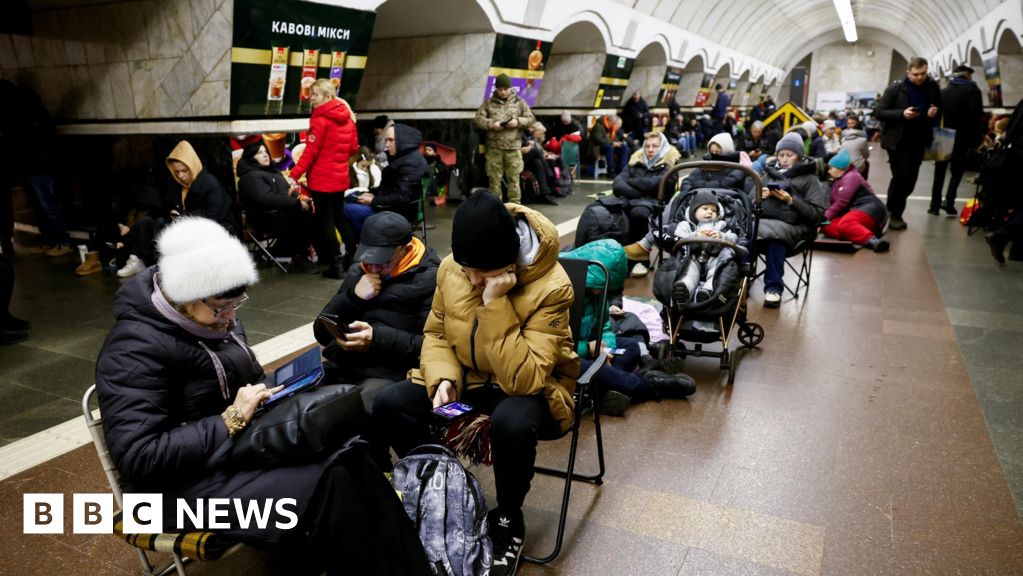
/old%2Fcontent_media%2Fc362be4e14df9ad018cd56b0a94c538e.jpg)

